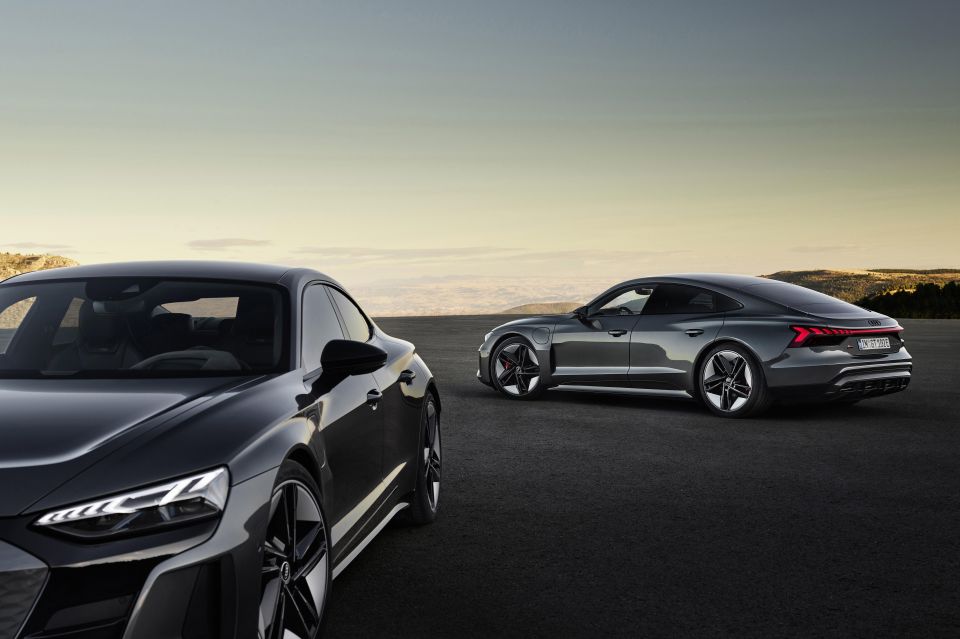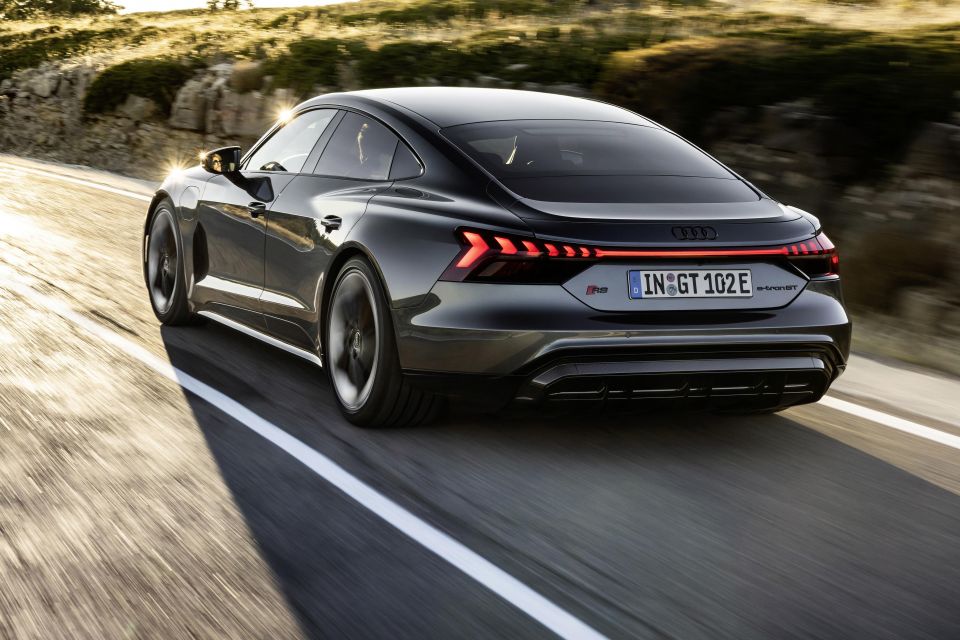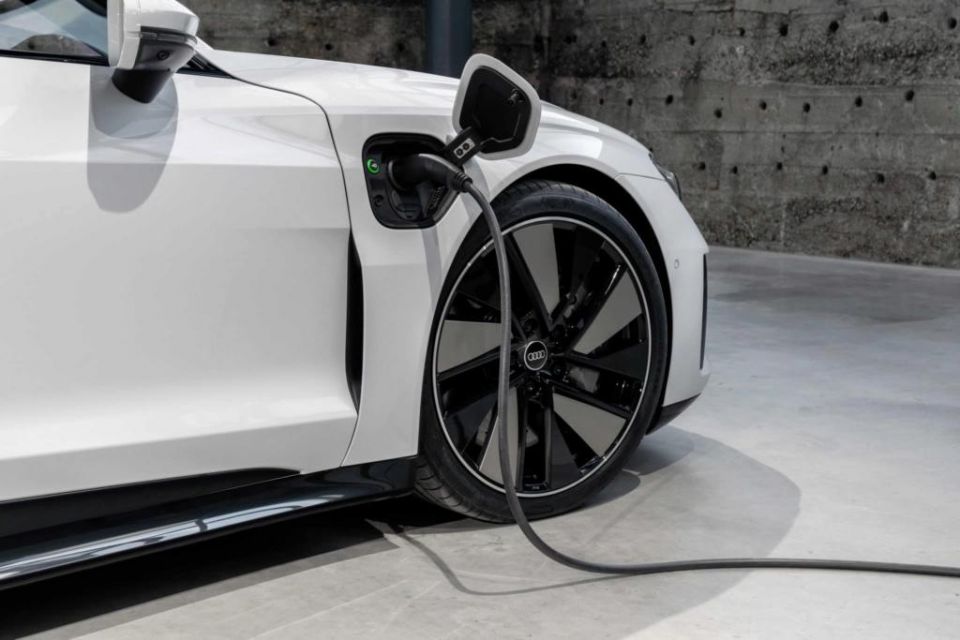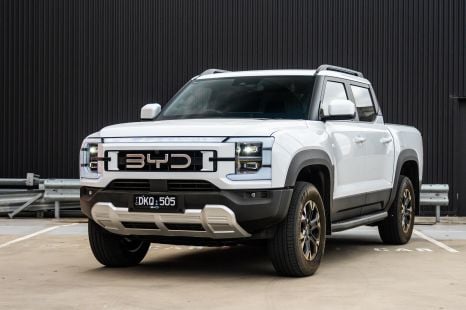

James Wong
2025 Mazda CX-5 G25 Touring AWD review
5 Days Ago

Contributor
Audi’s new electric flagship won’t be in Australia until 2022.
Originally slated to arrive Down Under by the end of September 2021, the e-tron GT and RS e-tron GT won’t arrive until an unspecified point next year.
An Audi spokesperson confirmed the delay, but the company hasn’t outlined why the car has been delayed.
It was also forced to push the rollout of its new A3 and S3 range from the first half of this year to early in 2022.

When it arrives, the e-tron GT will sit atop the Audi range as a replacement hero car (of sorts) for the R8 V10 supercar.
Although one is petrol-powered and one is electric, the pair has more in common than you might think.
Both are built on the same production line in Böllinger Höfe, near Neckarsulm in Germany, and both hit 100km/h in just over three seconds in their most powerful guises.

Here are the key numbers for the E-Tron GT and RS E-Tron GT:

Measuring up at 4.99m long, 1.96m wide and 1.41m tall with a 405L boot, the Audi E-Tron GT is 6mm longer, 30mm wider, and 32mm taller than the related Porsche Taycan.
Under the skin, the E-Tron GT rides on a passive suspension setup as standard, although a three-chamber air suspension is available as an option, and is standard on the RS.
Rear-wheel steer is optional on both models, to tighten the turning circle in the city and deliver a longer-wheelbase feeling at higher speeds.

The driver is faced with a 12.3-inch Virtual Cockpit digital instrument cluster, and there’s an 10.1-inch touchscreen sitting atop the dashboard.
Unlike in Audi’s latest family cars, there’s no standalone screen for the climate control, and a head-up display will be optional in Europe.
Audi is keen to tout the car’s credentials as a proper grand tourer, claiming the rear bench is “also suitable for adults” thanks to a scalloped battery pack that frees up foot room beneath the front seats.

Where expert car reviews meet expert car buying – CarExpert gives you trusted advice, personalised service and real savings on your next new car.
Scott Collie is an automotive journalist based in Melbourne, Australia. Scott studied journalism at RMIT University and, after a lifelong obsession with everything automotive, started covering the car industry shortly afterwards. He has a passion for travel, and is an avid Melbourne Demons supporter.


James Wong
5 Days Ago


Max Davies
4 Days Ago


Josh Nevett
3 Days Ago


Josh Nevett
2 Days Ago


Paul Maric
1 Day Ago


William Stopford
23 Hours Ago